Equipment
Ping launches new Glide 3.0 wedges
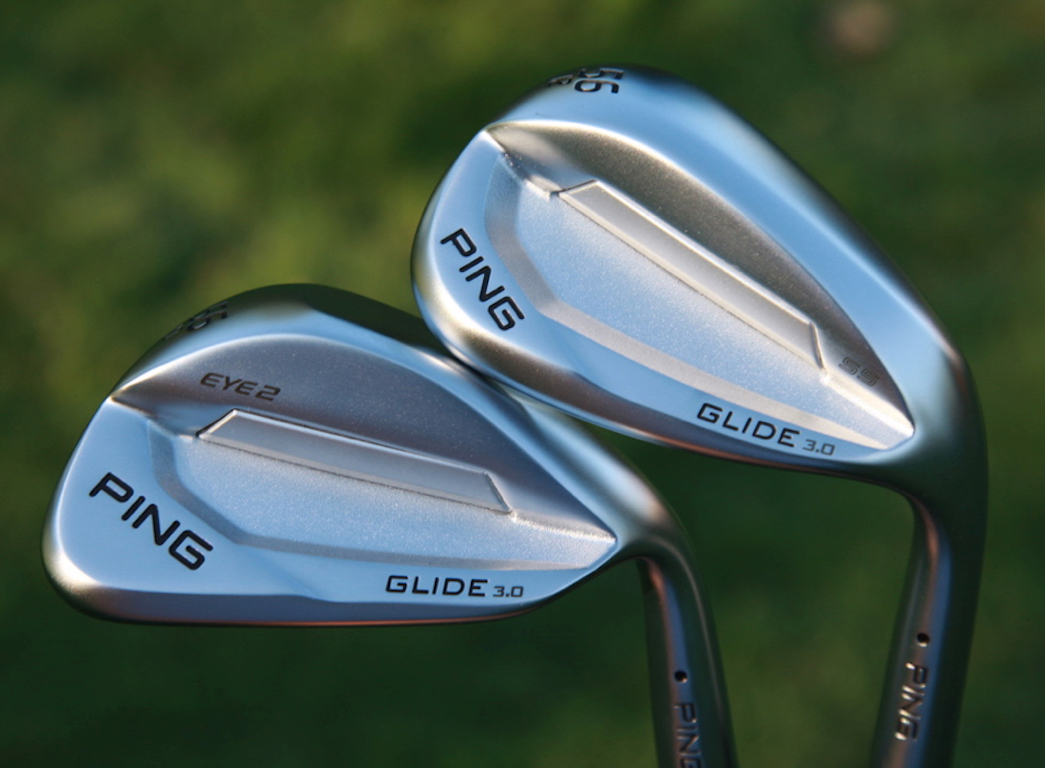
Ping has launched its new Ping Glide 3.0 wedges, which, according to the company, feature a higher-spinning, more forgiving, and lighter overall design. The new additions from Ping also feature multiple sole grind options in order to custom-fit golfers of all skill levels.
Confirming much of what our Ryan Barath suspected about the wedges last month, new Glide 3.0 wedges have been created through the process of leveraging the multi-material construction that combines a 431 stainless steel head with a larger and softer elastomer Custom Tuning Port (CTP) insert. The additional volume of the CTP allows for a larger insert covering more of the back of the face, resulting in activation of the elastomer at impact in a bid to produce a soft yet solid feel.
The new cavity design and larger CTP expand the perimeter weighting to increase the MOI and position the center of gravity higher in order to provide lower-launching, and higher-spinning trajectories for more control, says Ping.
Speaking on the construction and attributes of the new Glide 3.0 wedges, John K. Solheim, Ping President stated
“We approached the design with a goal of creating higher-spinning, great-looking wedges that also deliver more forgiveness with the improved feel from our other proven technologies.
“The Glide 3.0 wedge is a great blend of a players-style design and game-improvement technology. At address, it provides the clean look of a tour-style wedge. We’ve added some offset based on tour player feedback to provide a more captured look.
“At the same time, we’ve increased the perimeter weighting and improved the feel with the softer insert material to ensure golfers have the forgiveness they need to play with confidence on approach shots. The combination of those attributes really sets the Glide 3.0 wedges apart and gives them a much broader appeal.”
The new additions from Ping also feature wheel-cut grooves for a sharper edge radius, which is designed to increase interaction with the ball at impact—resulting in more friction for maximum spin and trajectory control.
The grooves in the lower-lofted wedges (46, 50, 52 degrees) are milled with a 20-degree sidewall and a .005″ edge radius for optimal full-shot performance, while the higher-lofted versions (54, 56, 58, and 60 degrees) feature an extra half groove at the bottom of the face bidding for added spin and are milled to a .004″ edge radius with a 28-degree sidewall to impart more spin, especially around the greens.
The Glide 3.0 wedges feature four distinctly different sole grinds as the company look to better custom-fit golfers. Each sole grind aims to best match a player’s angle of attack and typical turf conditions while providing performance and versatility on full and partial shots around the green.
Speaking in regards to the four versatile options golfers have when choosing their preferred grind, Solheim stated
“With the new sole grinds and multiple loft options, a fitter can really dial in the wedges to help improve the player’s performance based on how they dynamically deliver the clubhead and the type of conditions they typically play in. During the process, they can also determine the best combination of wedges to provide proper distance gaps between each club.”
Ping Glide 3.0 grind options
- Standard Sole (SS) grind: (46°/12°, 50°/12°, 52°/12°, 54°/12°, 56°/12°, 58°/10°, 60/10°) Mid-bounce sole with heel relief, and designed for golfers with a moderate angle of attack.
- Wide Sole (WS) grind: (54°/14°, 56°/14°, 58°/14°, 60/14°) The most forgiving grind option through the ground, according to the company, while it’s round and cambered sole offers significant bounce. Designed for golfers with a steep angle of attack and who typically play in soft turf.
- Eye2 grind: (54°/10°, 56°/10°, 58°/8°, 60°/8°) High toe design matches the original Eye2 SW sole/face profiles and narrow hosel transition in a bid to provide maximum performance for bunker shots and touch shots near the green.
- Thin Sole (TS) grind: (58°/6°, 60°/6°) With extreme heel relief with bounce grind, the TS grind is designed for golfers with a shallow angle of attack and best suited to firm conditions.
The Glide 3.0 wedge’s grip and shaft have been lightened by six and five grams, respectively, which has led to an overall weight reduction of 15 grams for the entire club. The Dyla-wedge Lite grip is ¾-inch longer than a traditional grip and features a reduced taper, and is designed to allow golfers to choke down for more versatility and trajectory control.
Created by Nippon, the Ping Z-Z115 wedge shaft has been custom engineered with a lower balance point closer to the tip—engineered with the aim of providing lower launch with more control and enhanced feel.
Speaking on the weight reduction in the new wedges from Ping, Solheim said
“The lighter overall weight allows the Glide 3.0 to better blend into a golfer’s full set and help them swing the club easier. We’ve also reduced the head weight by approximately four grams while maintaining our traditional wedge swing weights to ensure golfers still benefit from the clubhead feel they need to play with control and precision.”
Additional Ping Glide 3.0 specs
- Multi-material construction: 431 stainless steel head, elastomer insert, Hydropearl 2.0 finish.
- Swingweight: D2 – D4, depending on loft.
- Stock grip: Ping 360 Dyla-wedge Lite in three sizes (Aqua -1/64″, White Std., Gold +1/32″)
- Stock steel shaft: Ping Z-Z115 Wedge made by Nippon.
- Stock graphite shaft: Alta CB Red (SR, R, S)
- Aftermarket shaft options (no upcharge): True Temper Dynamic Gold 105 (R300, S300), True Temper Dynamic Gold (S300, X100), True Temper Dynamic Gold 120 (S300, X100), Project X LZ (5.0, 5.5, 6.0, 6.5), True Temper XP95 (R300, S300), Nippon Pro Modus Tour 105 (S, X), KBS Tour (R, S, X)
Available in 10 color codes (lie angle). Black is standard.
Ping’s Glide 3.0 wedges are available for custom fitting and pre-sell beginning today at authorized golf shops around the world, and cost $160 per club with steel shaft and $180 per club with graphite shaft.
- LIKE114
- LEGIT9
- WOW4
- LOL3
- IDHT0
- FLOP1
- OB1
- SHANK2
Whats in the Bag
Steve Stricker WITB 2024 (April)
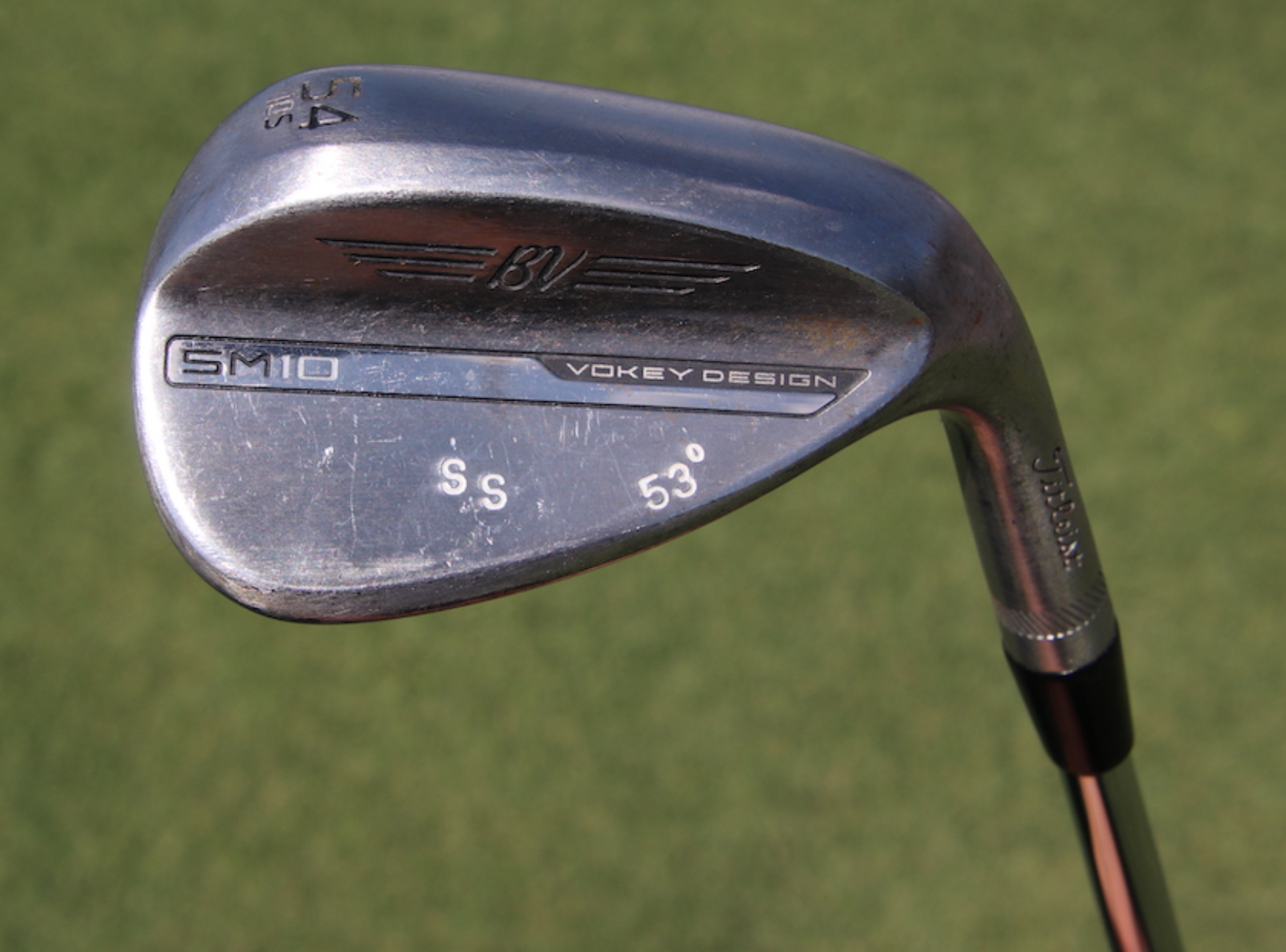
- Steve Stricker WITB accurate as of the Zurich Classic. More photos from the event here.
Driver: Titleist TSR3 (9 degrees, C4 SureFit setting)
Shaft: Fujikura Motore Speeder VC 7.2 X
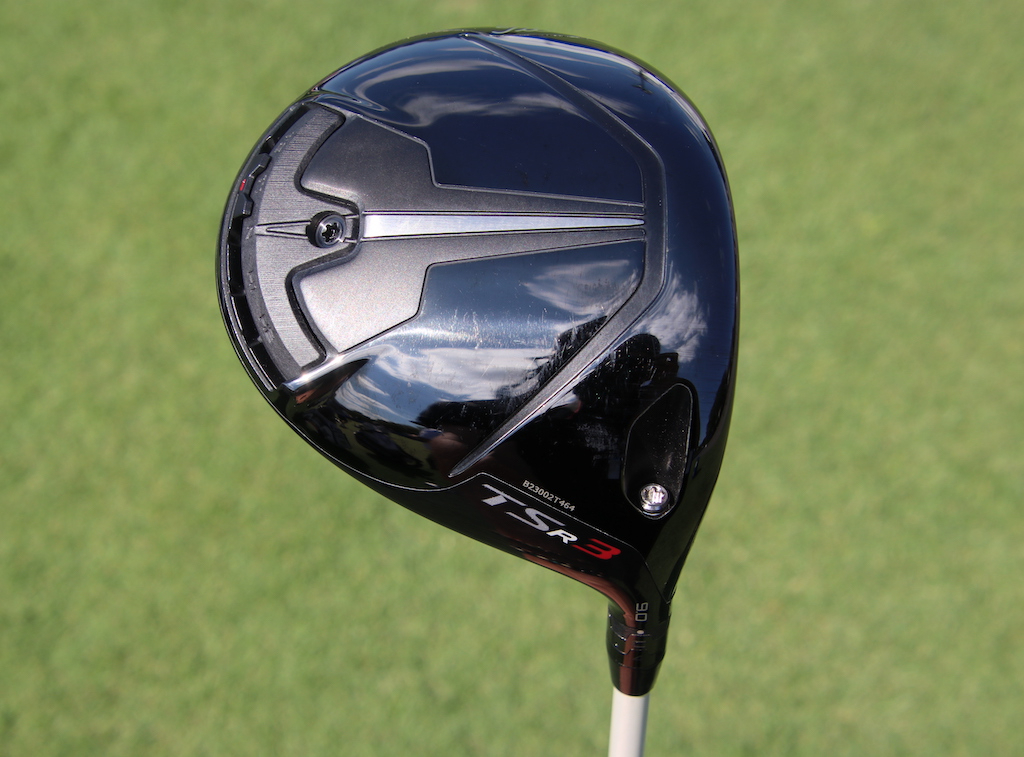

3-wood: Titleist 915F (13.5 degrees)
Shaft: Mitsubishi Tensei CK Pro White 80 TX
Hybrid: Titleist 816 H1 (17 degrees)
Shaft: Fujikura Motore Speeder VC 9.2 X
Irons: Titleist T200 (3, 4), Titleist T100 (5-9)
Shafts: Project X 6.5
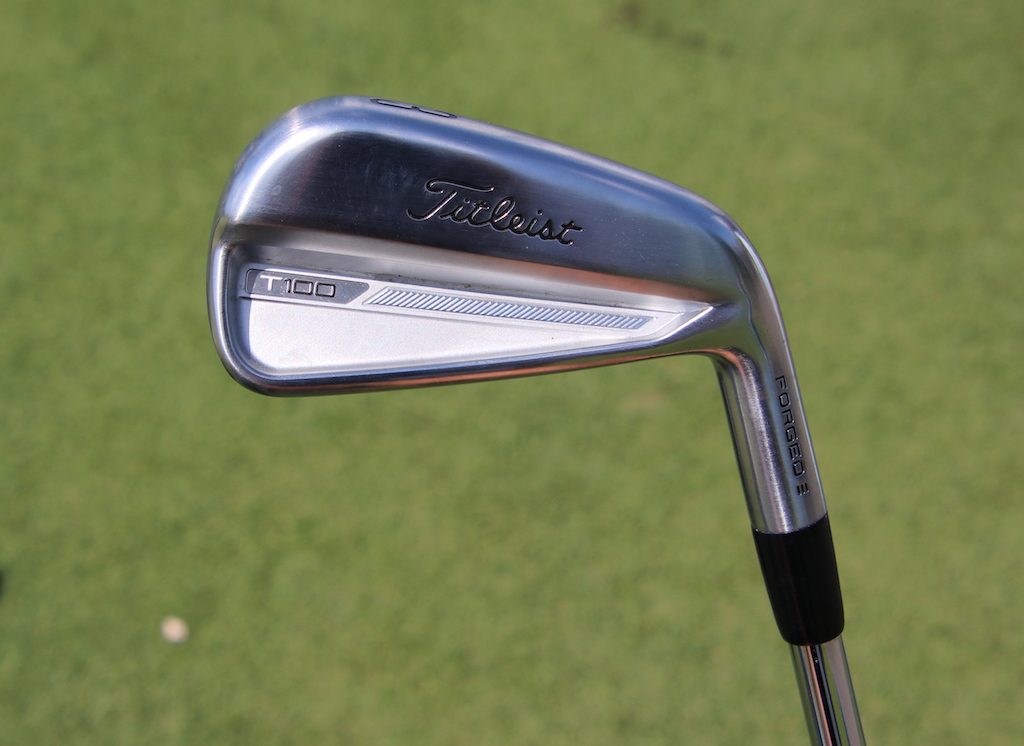
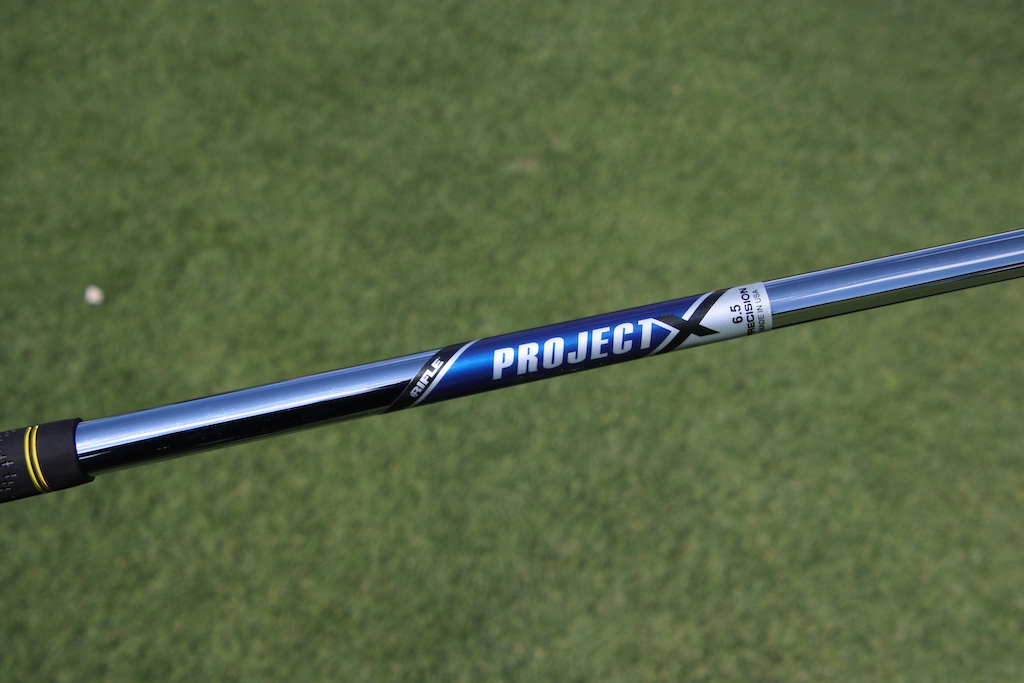
Wedges: Titleist Vokey SM8 (46-10F @55), Titleist Vokey SM10 (54-10S @53), Titleist Vokey SM4 (60 @59)
Shafts: True Temper Dynamic Gold X100 w/Sensicore
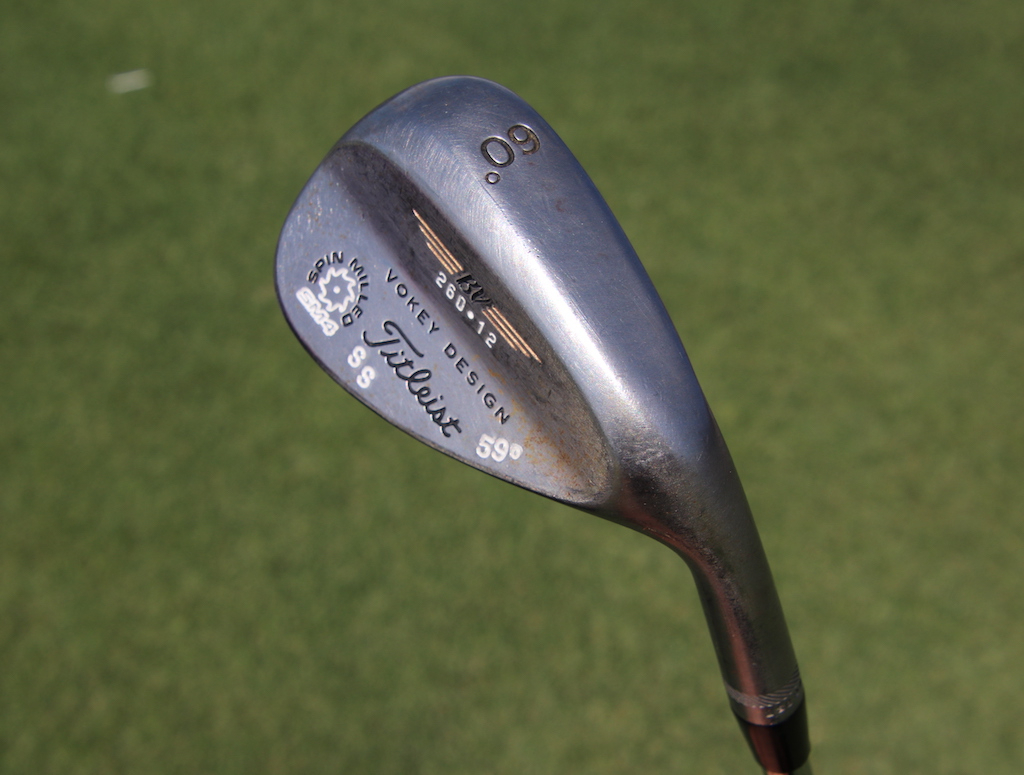
Putter: Odyssey White Hot No. 2
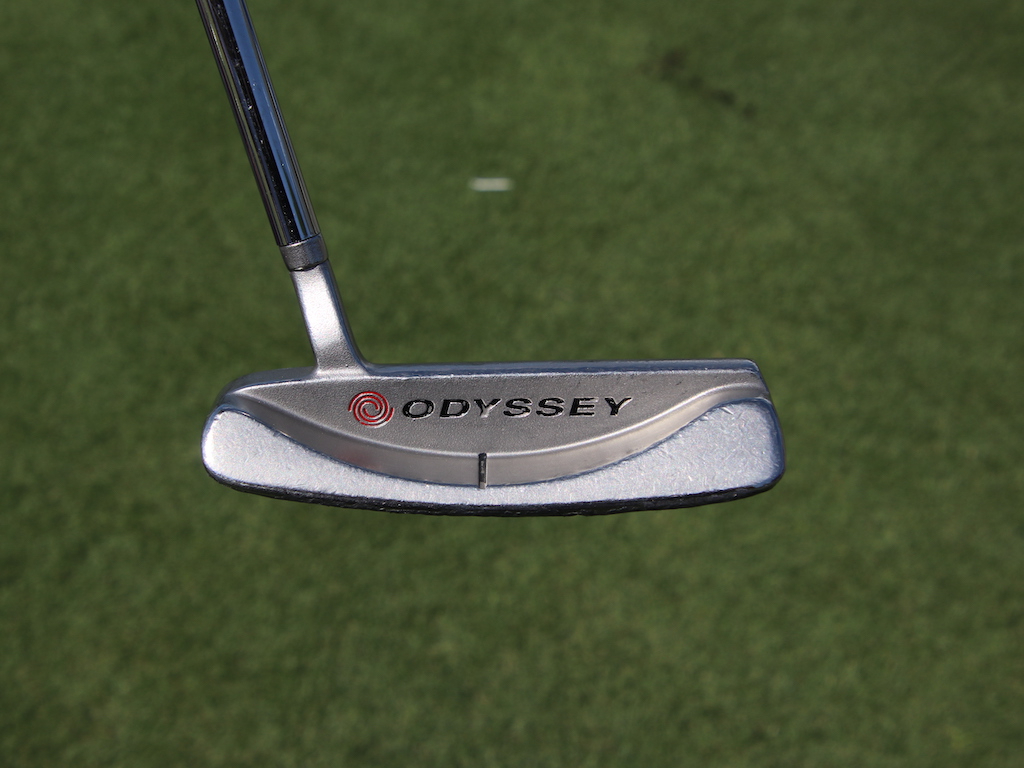
Ball: Titleist Pro V1x
Grips: Golf Pride Tour Velvet Grip Rite
Check out more in-hand photos of Steve Stricker’s clubs here.
- LIKE0
- LEGIT0
- WOW0
- LOL0
- IDHT1
- FLOP0
- OB0
- SHANK0
Whats in the Bag
Alex Fitzpatrick WITB 2024 (April)
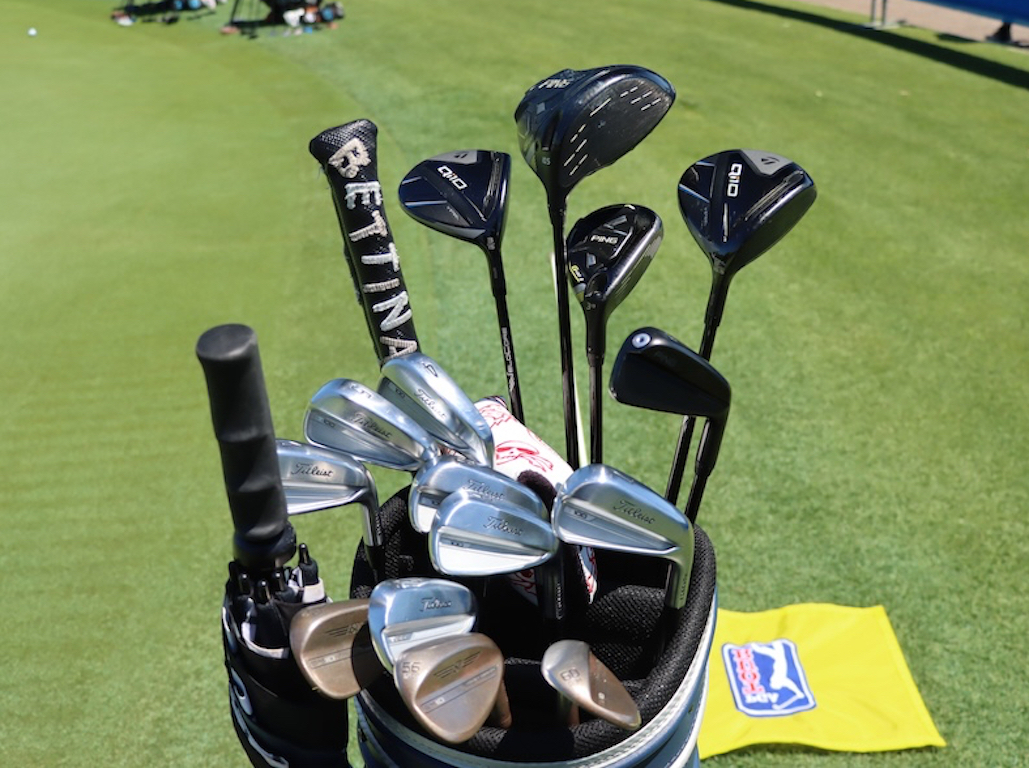
- Alex Fitzpatrick what’s in the bag accurate as of the Zurich Classic.
Driver: Ping G430 LST (10.5 degrees)
Shaft: Fujikura Ventus Black 6 X
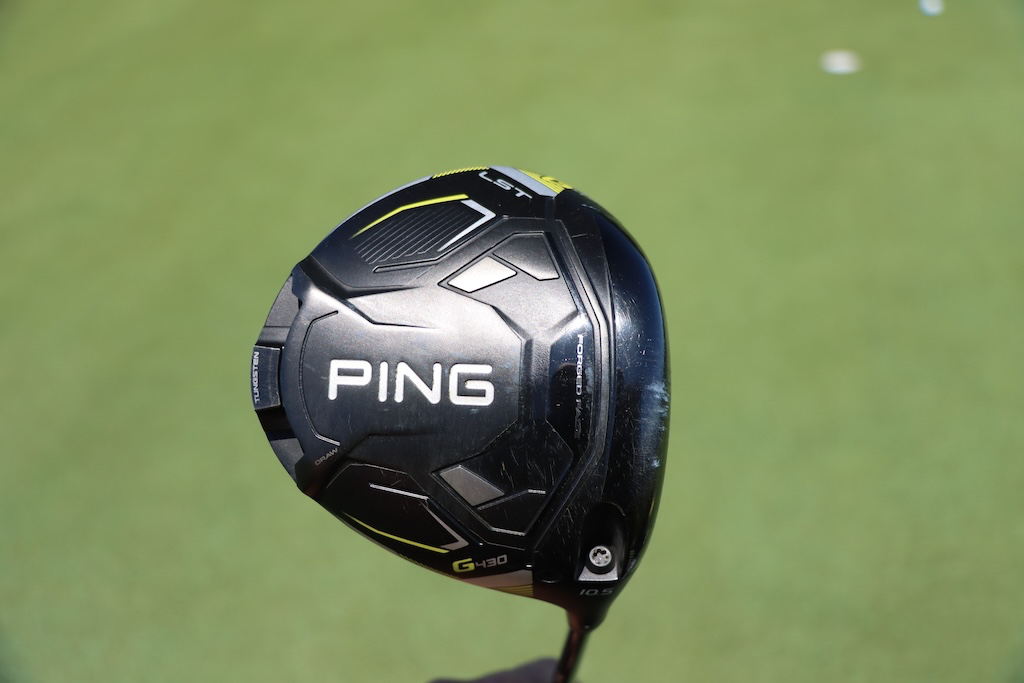
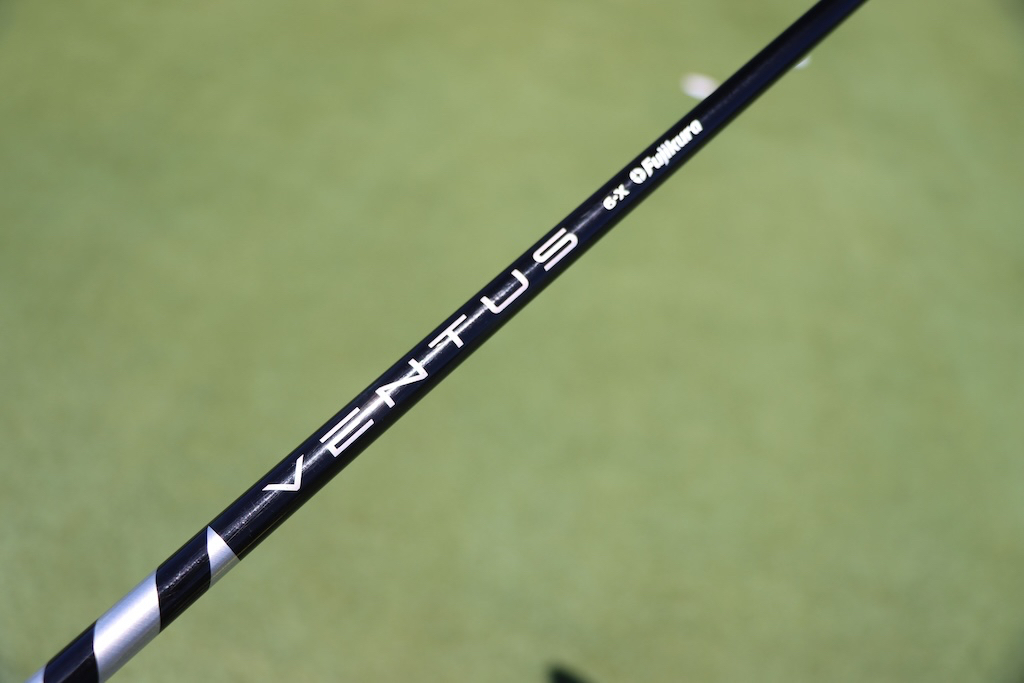
3-wood: TaylorMade Qi10 (15 degrees)
Shaft: Fujikura Ventus TR Black 7 X
Hybrid: Ping G430 (19 degrees)
Shaft: Fujikura Ventus Black HB 10 TX
Irons: Ping iCrossover (2), Titleist T100 (4-PW)
Shafts: Fujikura Ventus Black HB 9 TX (2), Nippon N.S. Pro Modus 3 Tour 120 X (4-9)
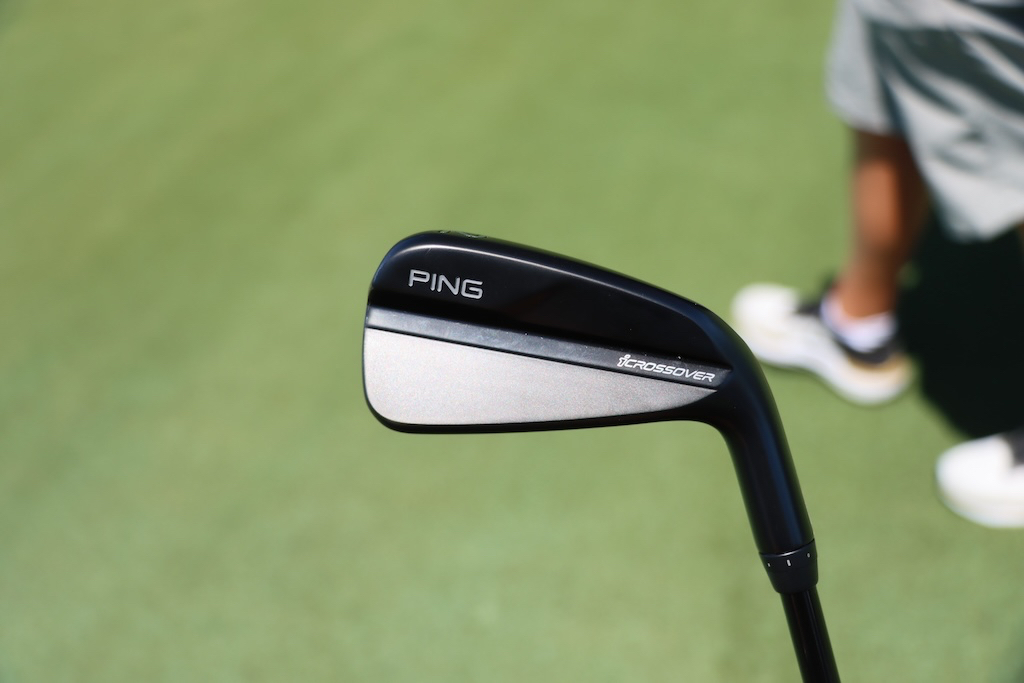
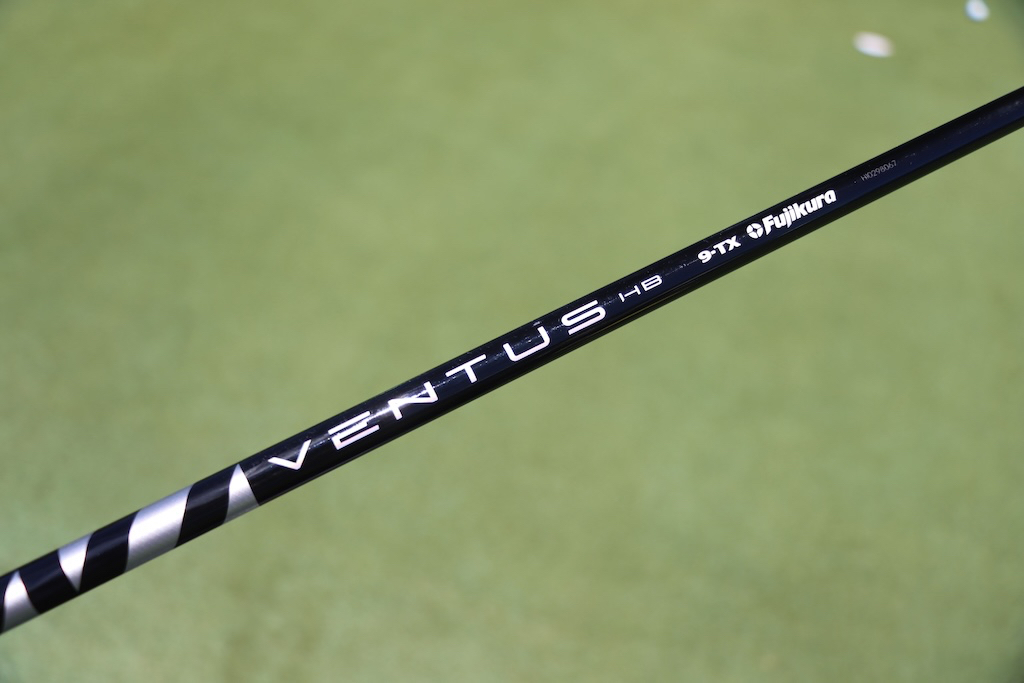
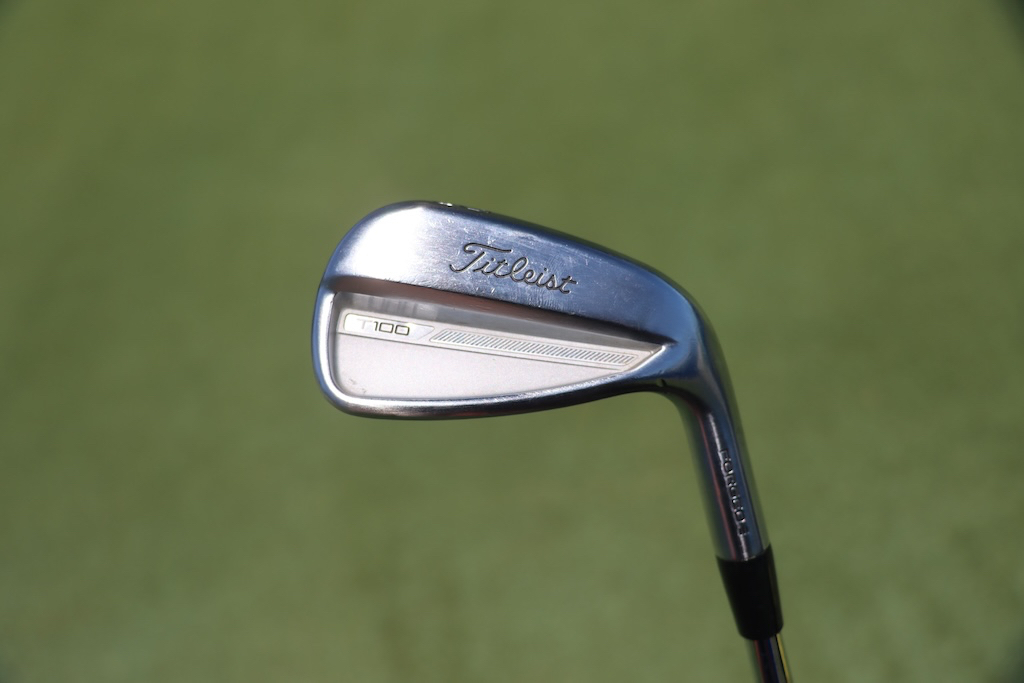
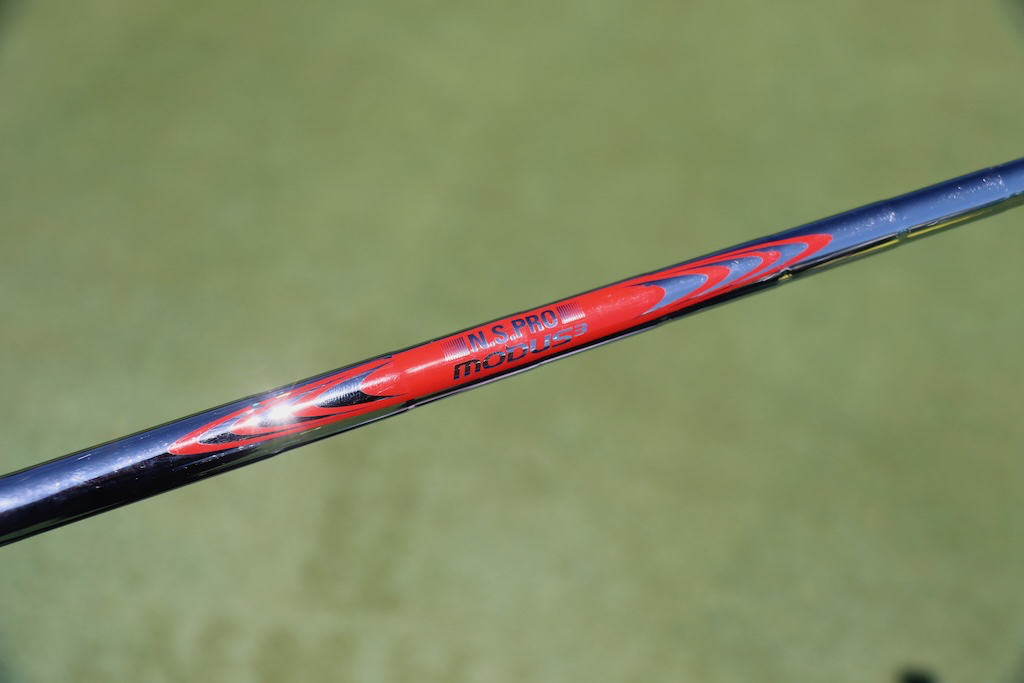
Wedges: Titleist Vokey Design SM10 (50-12F, 56-12D, 60-08M)
Shafts: Nippon N.S. Pro Modus 3 Tour 120 X
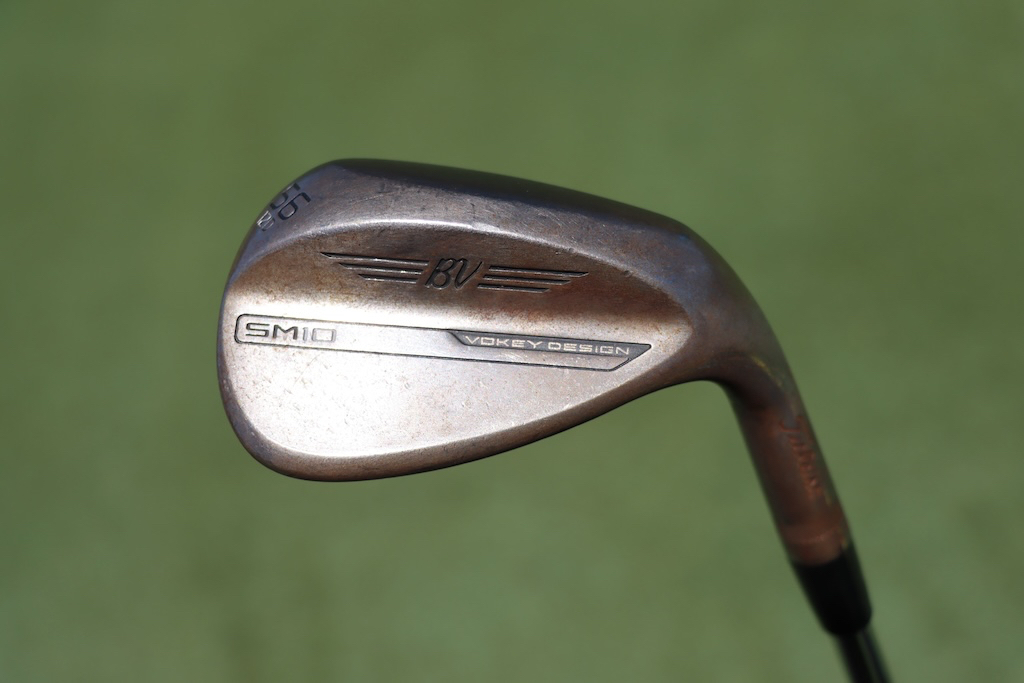
Putter: Bettinardi SS16 Dass
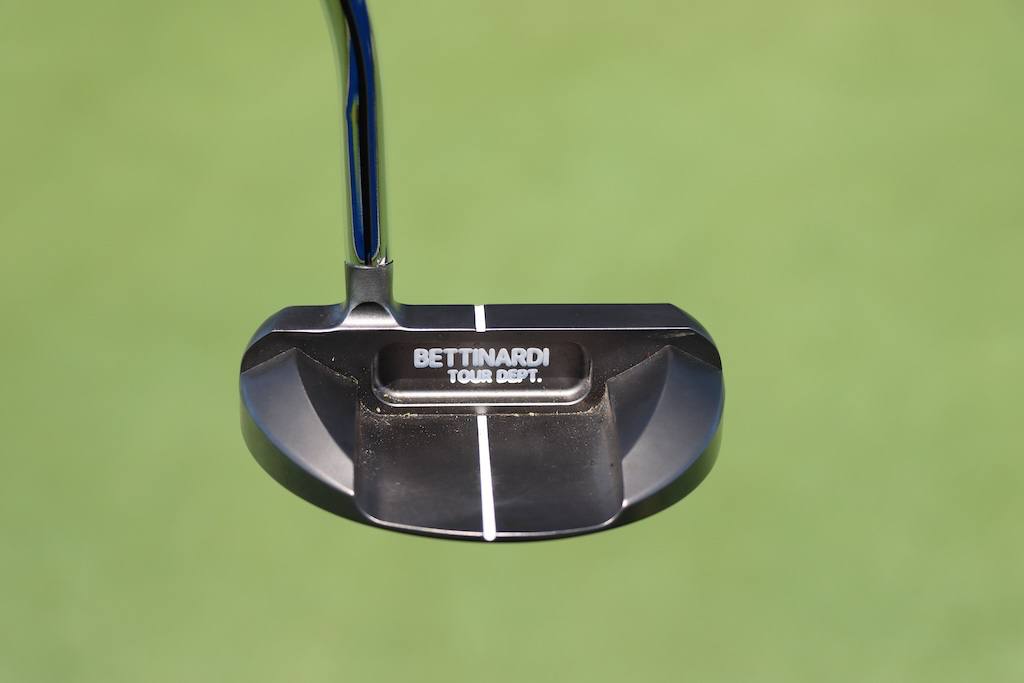
Grips: Golf Pride MCC
Check out more in-hand photos of Alex Fitzpatrick’s clubs here.
- LIKE1
- LEGIT0
- WOW0
- LOL0
- IDHT0
- FLOP0
- OB0
- SHANK0
Equipment
What’s the perfect mini-driver/shaft combo? – GolfWRXers discuss

In our forums, our members have been discussing Mini-Drivers and accompanying shafts. WRXer ‘JamesFisher1990’ is about to purchase a BRNR Mini and is torn on what shaft weight to use, and our members have been sharing their thoughts and set ups in our forum.
Here are a few posts from the thread, but make sure to check out the entire discussion and have your say at the link below.
- PARETO: “New BRNR at 13.5. Took it over to TXG (Club Champ but TXG will always rule) in Calgary for a fit. Took the head down to 12, stuck in a Graphite Design AD at 3 wood length and 60g. Presto- numbers that rivaled my G430Max but with waaaaay tighter dispersion. Win.”
- driveandputtmachine: “Still playing a MIni 300. The head was only 208, so I ordered a heavier weight and play it at 3 wood length. I am playing a Ventus Red 70. I play 70 grams in my fairways. I use it mainly to hit draws off the tee. When I combine me, a driver, and trying to hit a draw it does not work out well most of the time. So the MIni is for that. As an aside, I have not hit the newest BRNR, but the previous model wasn’t great off the deck. The 300 Mini is very good off the deck.”
- JAM01: “Ok, just put the BRNR in the bag along side a QI10 max and a QI10 3 wood. A load of top end redundancy. But, I have several holes at my two home courses where the flight and accuracy of the mini driver helps immensely. Mine is stock Proforce 65 at 13.5, I could see a heavier shaft, but to normal flex, as a nice alternative.”
Entire Thread: “What’s the perfect Mini-Driver/Shaft combo? – GolfWRXers discuss”
- LIKE3
- LEGIT1
- WOW0
- LOL0
- IDHT0
- FLOP0
- OB0
- SHANK2
-

 19th Hole2 weeks ago
19th Hole2 weeks agoDave Portnoy places monstrous outright bet for the 2024 Masters
-

 19th Hole4 days ago
19th Hole4 days agoJustin Thomas on the equipment choice of Scottie Scheffler that he thinks is ‘weird’
-

 19th Hole2 weeks ago
19th Hole2 weeks agoTiger Woods arrives at 2024 Masters equipped with a putter that may surprise you
-

 19th Hole4 days ago
19th Hole4 days ago‘Absolutely crazy’ – Major champ lays into Patrick Cantlay over his decision on final hole of RBC Heritage
-

 19th Hole2 weeks ago
19th Hole2 weeks agoTwo star names reportedly blanked Jon Rahm all week at the Masters
-

 19th Hole1 week ago
19th Hole1 week agoReport: LIV Golf identifies latest star name they hope to sign to breakaway tour
-

 19th Hole2 weeks ago
19th Hole2 weeks agoNeal Shipley presser ends in awkward fashion after reporter claims Tiger handed him note on 8th fairway
-

 19th Hole1 week ago
19th Hole1 week agoBrandel Chamblee has ‘no doubt’ who started the McIlroy/LIV rumor and why

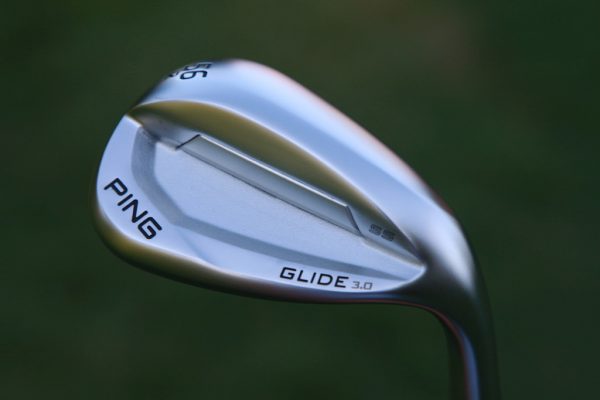

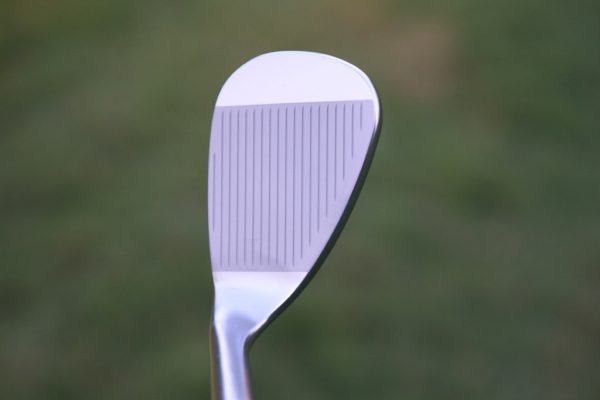
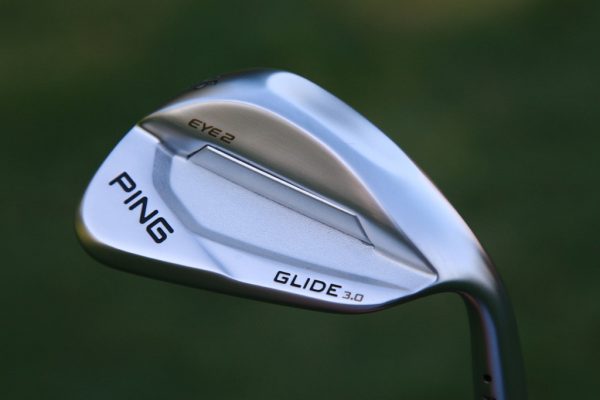
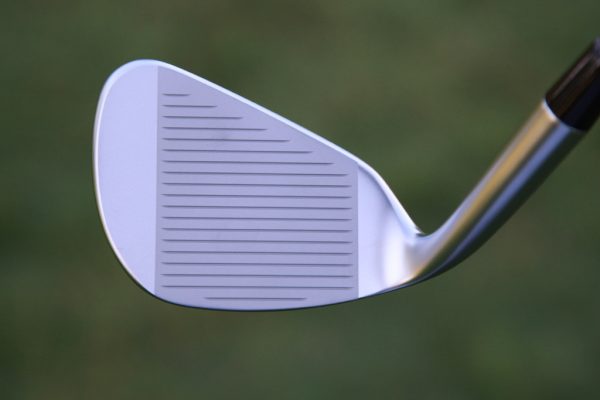
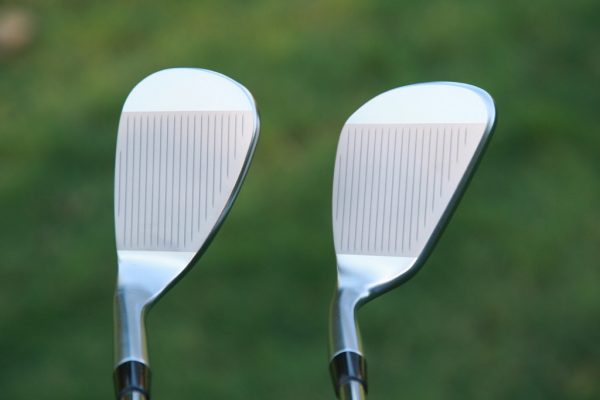
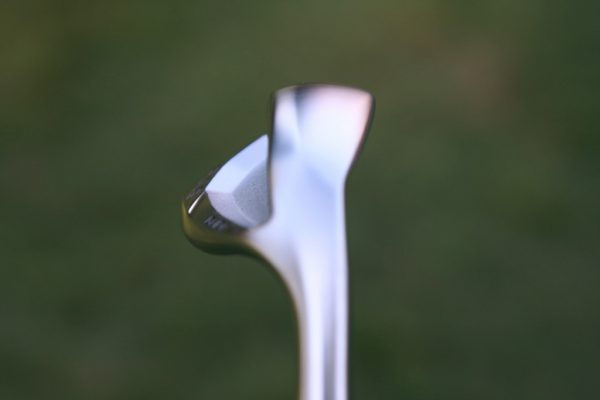
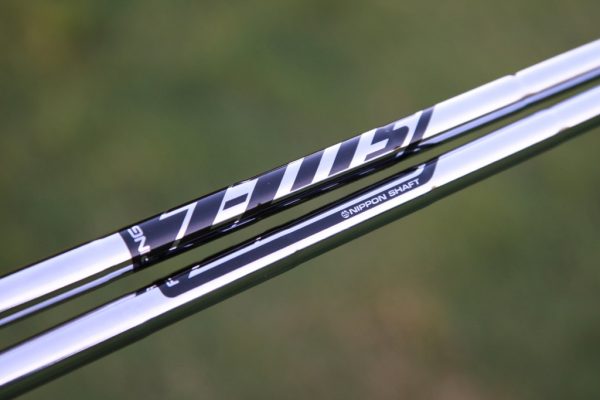
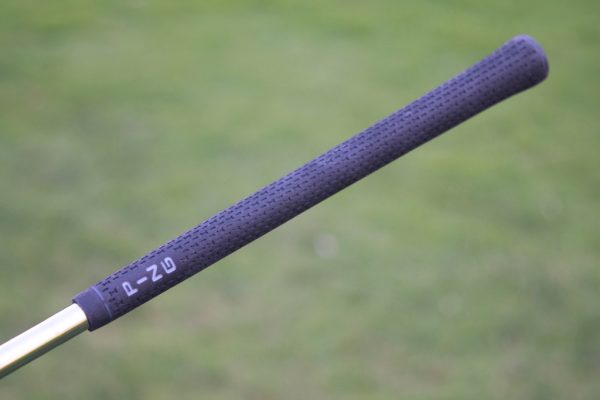










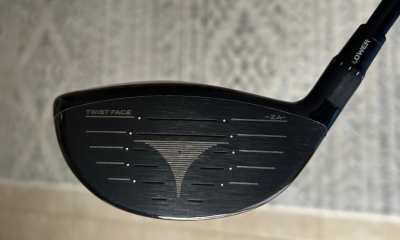

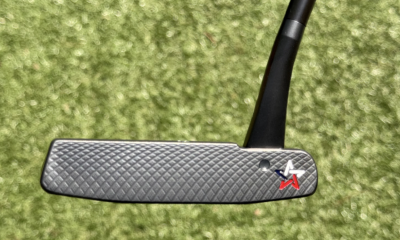










Pingback: Best wedges of 2021: Game improvement – GolfWRX
Terry Koehler
Jul 15, 2019 at 4:26 pm
I’m a bit perplexed about the explanation about the grooves on these new Ping wedges. The article states that the groove edges are milled to a radius of 0.004″ or 0.005″, depending on the loft, but the USGA rules governing grooves state that no groove can have an edge radius smaller than 0.010″. So, this would appear to make these non-conforming. Surely Ping wouldn’t go down that path, would they? So, did the author misunderstand what the Ping engineers/press release said, or is Ping really selling non-conforming wedges?
Alex
Jul 15, 2019 at 4:22 pm
Shocked they didn’t offer the Eye 2 reincarnation in a 62 or a 64 degree, to me, that is the only purpose of that head shape/grind.
Pelling
Jul 15, 2019 at 3:38 pm
Nobody did an ugly iron better than the Cleveland VAS 792!
bri
Jul 15, 2019 at 3:34 pm
Yeah Ping have finally reverted back to designing hideous clubs! Well that Eye 2 version at least.
This isn’t actually meant as an insult as some of Pings best clubs have been God awful looking (Zing irons, original Eye 2 L wedge, A1 putter). Although they did that ugly Doc putter and it actually was terrible LOL…